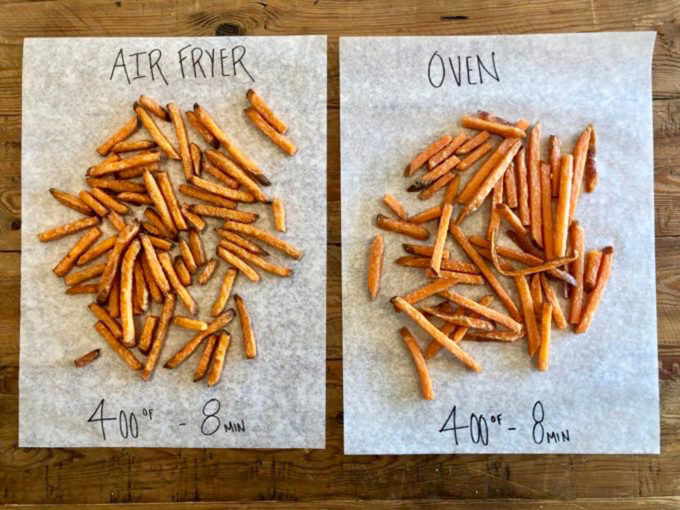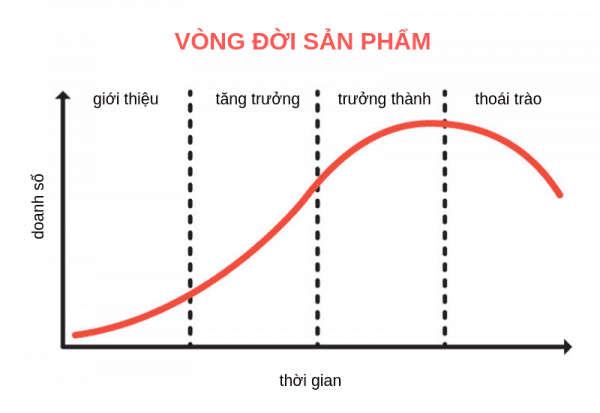How has digital technology changed the food industry?
Digital technology has left a big mark on food businesses and changed the way brands interact with consumers. Simply put, the ultimate goal of the customer service industry is to provide services and experiences that match with or exceed customers’ expectations. Therefore, the use of digital technology to improve customer services has become more popular than ever.
Depending on the customer and their needs, digital technology appears in food venues on different levels, from "modern" to "very modern". Based on the level of convenience for consumers, technology can be divided into three groups as follows:
1. Food shipped to your… bed
In developed countries, booking, ordering, or paying at a restaurant through technology is a familiar experience for consumers. Let’s take Starbucks - the giant in the beverage industry - as an example: You’re in a hurry to buy a morning coffee before work? Now you can easily order your drink via your smartphone before you even set foot into any Starbucks in the US. The Starbucks mobile app allows users to place order at the nearest Starbucks, pay online and simply pick up their drinks. Very convenient, isn’t it?

Not only Starbucks, many other well-known brands in the world have also put technological applications into business and customer service. What about Vietnam?
In recent years, the appearance of sites such as DeliveryNow, Foody or Vietnammm has made the delivery service thrive. By visiting websites with a delivery service, consumers can choose anything from prepared food to fresh food and have them all delivered to their house within an hour.
2. Promotion hunting at home
Many sites like Hot Deal, Cung Mua, etc., are constantly posting extremely attractive promotions, discount vouchers of many food venues. Today, instead of going straight to a venue, customers can search for deals online first and make decisions based on how attractive they are.
Even websites are old-fashioned; most restaurants today use their Facebook fan page or other social media accounts to increase interaction with customers. Beautiful images of food and beverages posted regularly are a huge plus to attract customers. In addition, customers can also book a table or order a home delivery by messaging or commenting on a restaurant's social media page.
3. Electronic service
Besides the online race, many restaurants also apply modern technology to all stages of service. Instead of the traditional menu, diners now have the option of selecting a dish on a tablet and directly submitting their request to the restaurant's kitchen.
For example, the following restaurants are applying this ordering method very successfully: the Bonjour Resto restaurant chain in Ho Chi Minh City, Nabe King in Binh Duong, Xoi Yen in Hanoi, etc. After the guests have chosen their dishes on the tablet, their requests will be directly transferred to the kitchen. There’s no need for waiters to inform the chef of any orders. It can be said that this is an interesting way to reduce confusion during the process and save time for restaurants as well as customers.

Especially, at the Highlands coffee chain, customers also experience a quite unique application of modern technology. After ordering and paying at the counter, customers will receive an electronic bell. The bell will light up and vibrate when the customer's order has been processed and packed at the counter. This application helps Highlands to significantly reduce labor cost. Plus, the customers can rest at the table, knowing the "status" of their order without having to wait too long at the counter.
Digital applications will become more and more popular in the Vietnam food service industry as well as other industries. Saving time, money and enhancing customer’s experience, this is a trend not to be missed in 2017!
 ☰
☰







